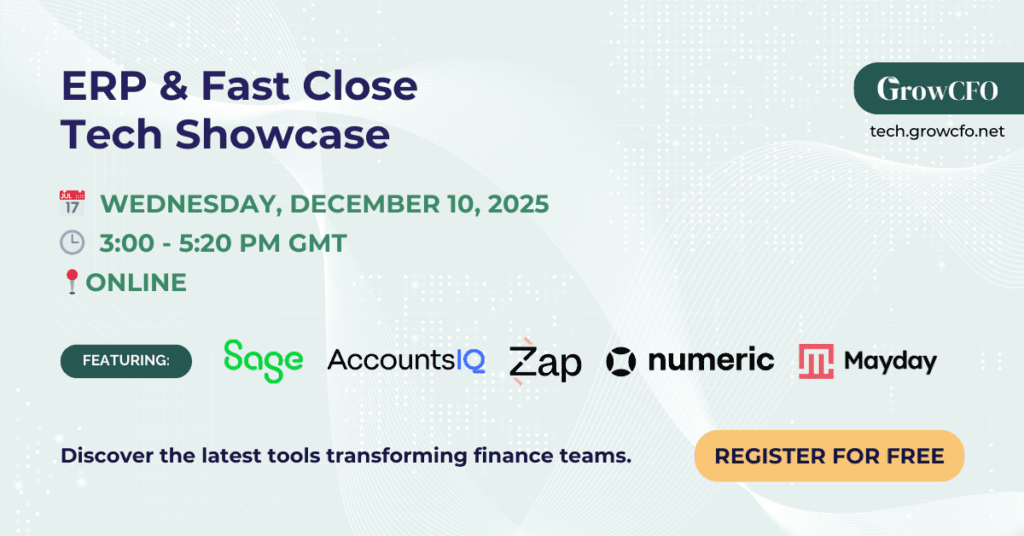How to Land Your Dream CFO Role in 2026

CFO hiring is heating up as boards seek finance leaders fluent in digital, AI, and strategy. By 2026, the competition will rise as more professionals upskill and re-enter the market. (Source: PwC Future of Finance 2025)
A few years ago, finance leaders could wait to be promoted.
Now, the best roles go to those who show they’re already operating at CFO level.
Most finance leaders wait for the perfect opening. They think one more year of results will be enough.
But the market is evolving faster than the promotion cycle. Boards now want CFOs who lead transformation, not just manage reporting.
It’s no longer about when, it’s about how now.
See where you stand: take the CFO Competency Framework to benchmark your CFO readiness
How to Signal You’re Ready for the Top Seat
Signal: Let your work, not your title, show CFO potential. Examples: leading investor updates, driving cross-functional initiatives, or mentoring future finance talent.
Narrative: Craft a story that connects your wins to business outcomes, how your decisions drove growth, margin, or transformation.
Rarity: Build a differentiator: specialize in ESG, digital transformation, data storytelling, or M&A integration.
Network: Build sponsors who can speak for you. Start by:
- Presenting insights at internal exec meetings.
- Asking mentors for introductions to board members or investors.
- Engaging in CFO communities (GrowCFO, industry councils, or LinkedIn peer groups).
Credibility: Replace the “decision-tree résumé” with a value résumé, where every bullet is an outcome. Example: “Reduced reporting cycle by 3 days via automation,” not “responsible for reporting.”

The 6-Step Plan to Move From Aspirant to CFO Candidate
1. Define your CFO destination. Choose your target environment, high-growth scale-up, private equity, public company, or nonprofit. Each demands different strengths.
2. Identify the gaps. List the top competencies in your target CFO profile (capital strategy, M&A, transformation, investor relations, etc.) and rate yourself honestly.
3. Build your narrative. Use the three-part framework: problem → action → measurable result. Keep metrics upfront (revenue, cost, cash, valuation).
4. Get external validation. Ask: “Would my CEO or board describe me the same way?” Share your narrative with mentors to stress-test it.
5. Create a one-page CFO pitch. Summarize your achievements, vision, and differentiators on a single page. Use it in interviews, LinkedIn summaries, and internal reviews.
6. Review quarterly. Every 90 days, update metrics, add new wins, and refine your positioning. Treat it like a living asset, not a résumé.
Example + Micro-Prompt: You led a 250-basis-point margin improvement saving $3M. Use AI to frame that story:
“You are my future CEO. Using my 2024 results vs budget, list top 5 variances, propose 3 strategic actions, and draft a 120-word ‘why me’ brief for a board deck.”
Don’t wait until 2026 compresses opportunity.
Join the next Future CFO Preview Event.

Mini-FAQ
Do I need a CFO title now? No, but you do need to start aligning your skills, visibility, and network with CFO-level expectations.
What if I’m outside my target industry? Translate your wins into the metrics that matter most—cash, growth, transformation. Industry language follows naturally once outcomes are clear.
How can I see where I stand? Take the CFO Competency Framework to benchmark yourself against the skills of today’s top CFOs.




Responses